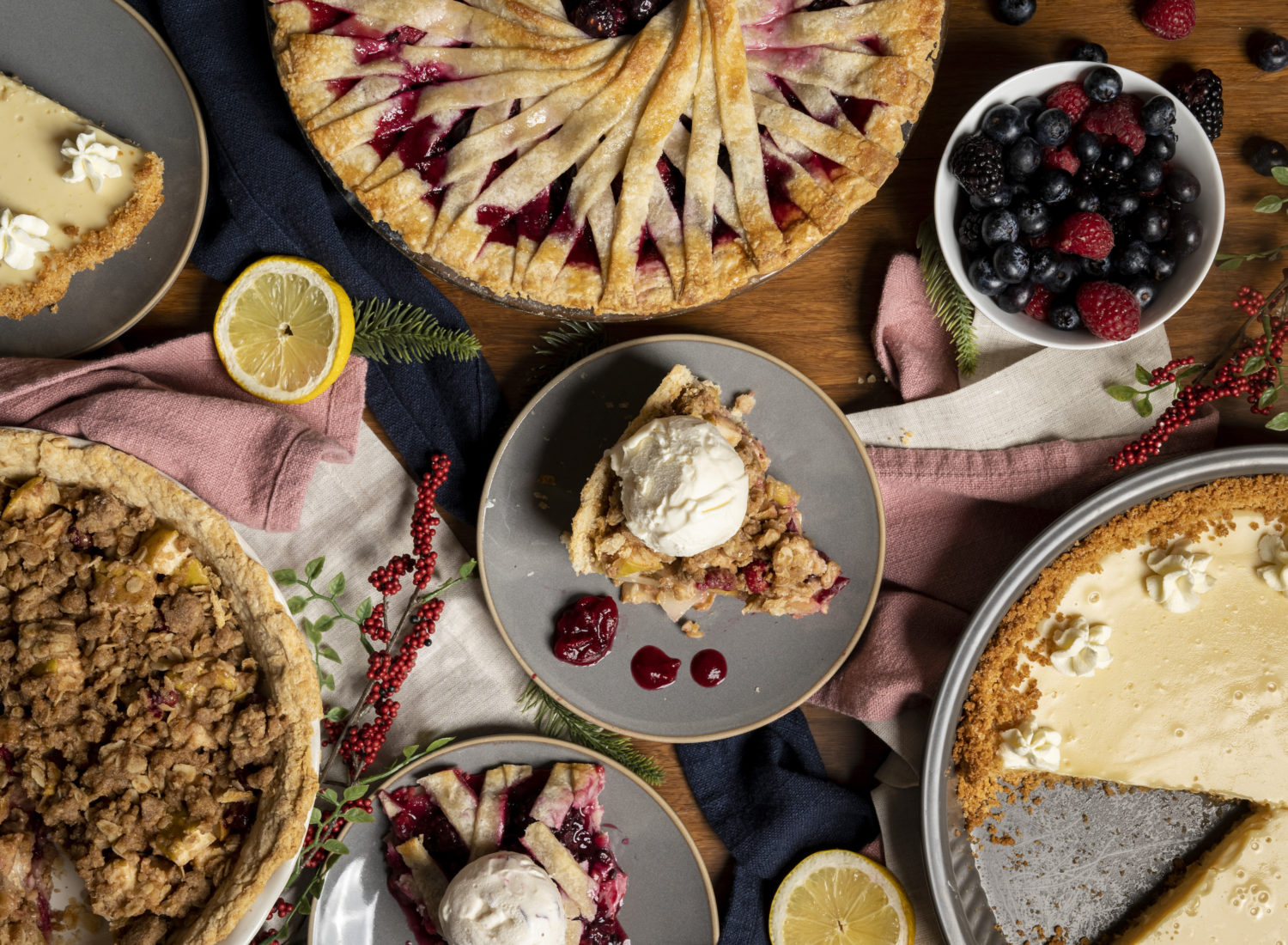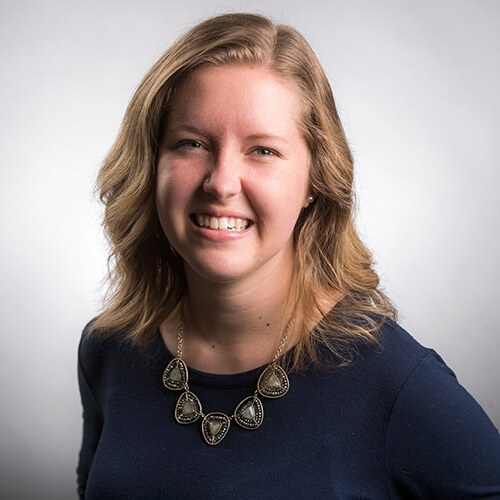The Lead is a weekly newsletter that provides resources and connections for student journalists in both college and high school. Sign up here to have it delivered to your inbox every Wednesday morning during the school year.
The ability to experiment with new mediums and work across sections is one of the best parts of working on a student publication.
I focused on news reporting in college, primarily covering the university administration and higher education. While I was there, though, I took some photos to accompany my stories. I picked up print design shifts because I liked using InDesign. I made some graphics and learned the basics of Illustrator.
While my main focus continued to be reporting, editing and later audience engagement, working with those teams helped me think about stories more holistically and visually, beyond text and written reporting.
Visual journalism is not my area of expertise. (I’ll be the first to acknowledge that this newsletter could incorporate more visuals and multimedia!) But through my experience as a student and now at The Seattle Times, I’ve learned the value of collaborating with visual teams early and often.
Last fall, I pitched a story about pie to The Seattle Times’ features department. I’d started making a lot of pies during the pandemic and wanted to write a guide to holiday pies for bakers of all levels. A designer and I had talked through the idea with the features editor and made a plan for the text, photos and a nice design with three different recipes.
When we met with the photo and video teams, though, the story blossomed. They developed plans for staging the pies with props and mapped out a plan for artistic videos that would enhance the recipes. A team of six of us spent three full workdays in the features editor’s house baking pies, staging them with props and lighting, and shooting photos and video of every step along the way.
The result: a multimedia package that has won Society of News Design and Best of the West awards. The collaboration between all departments brought the story to a new level.
Reporters and editors, take this as a lesson: Visuals shouldn’t be an afterthought. They’re a key part of the story that will expand your storytelling far beyond what text alone can do.
Embrace collaboration with visual journalists in your newsroom. They’re journalists who are just as capable of finding stories and reporting as you are. Bring them into the process as early as you can, and watch as your story grows richer with their work.
This next series in the newsletter is going to focus on photo and video journalism — an area The Lead has not covered enough in the past 137 issues. Student journalists from around the country will talk about how they train their staffs and how they approach visual storytelling with sensitivity. I can’t wait to learn from these guest writers.
If you’re a reporter who’s interested in learning more about photo, video or graphics, talk with the editors at your publication and seek out training. You can find free resources on sites like Coursera, LinkedIn Learning and Poynter, but the best training will be doing the work and asking for feedback.
One story worth reading
A landlord and orthodontist dismissed a lawsuit against Tufts University student journalists after suing over a story about a renters’ protest. The suit claimed a story in the Tufts Daily defamed him and caused him emotional harm by suggesting he had lied.
A lawyer representing the student journalists through the Student Press Law Center said the lawsuit would not hold up in court. “In almost 30 years of practice, I don’t think I’ve seen a complaint quite as frivolous as this one,” the lawyer told The Boston Globe. The Daily’s editors said the story contained no errors and didn’t require a correction.
“I’m excited to move on from this and continue writing about what really matters,” Tufts Daily deputy news editor Emily Thompson told the Globe. “My hope is to return my focus to local issues.”
Opportunities and trainings
- Students and early-career journalists, apply to join the ONA Board of Directors by April 7.
- Register for the free Christopher J. Georges Conference on College Journalism, to be hosted virtually by the Nieman Foundation from April 8-9.
- High school students, enter The New York Times’ student editorial contest by April 13.
- Apply for NAJA’s Native American Journalism Fellowship by April 30.
- College students and recent graduates, apply for NPR’s Next Generation Radio Project, a weeklong audio journalism training program.
- Take a free Poynter webinar on fact-checking and debunking viral information.









